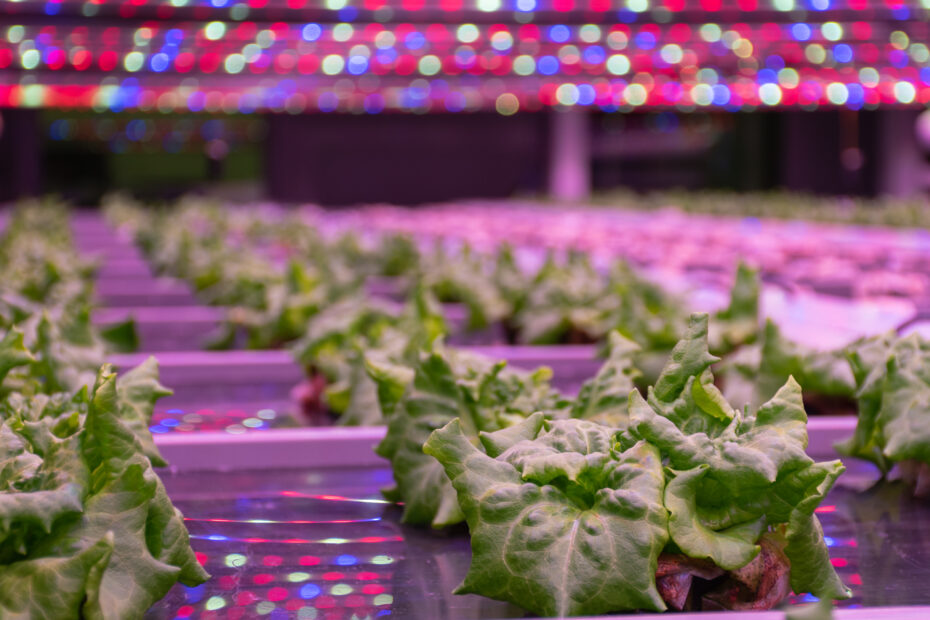Abstract: There is a need for plant growing media that can support a beneficial microbial root environment to ensure that optimal plant growth properties can be achieved. We investigated the effect of five rhizosphere bacterial community inocula (BCI S1–5) that were collected at three open field organic farms and two soilless farms on the performance of lettuce (Lactuca sativa L.). The lettuce plants were grown in ten different plant growing media (M1–10) composed of 60% v/v peat (black peat or white peat), 20% v/v other organics (coir pith or wood fiber), 10% v/v composted materials (composted bark or green waste compost) and 10% v/v inorganic materials (perlite or sand), and one commercial plant growing medium inside a plant factory with artificial lighting. Fractional factorial design of experiments analysis revealed that the bacterial community inoculum, plant growing medium composition, and their interaction determine plant performance. The impact of bacterial amendments on the plant phenotype relied on the bacterial source. For example, S3 treatment significantly increased lettuce shoot fresh weight (+57%), lettuce head area (+29%), root fresh weight (+53%), and NO3-content (+53%), while S1 treatment significantly increased lettuce shoot dry weight (+15%), total phenolic content (+65%), and decreased NO3-content (−67%). However, the effectiveness of S3 and S1 treatment depended on plant growing medium composition. Principal component analysis revealed that shoot fresh weight, lettuce head area, root fresh weight, and shoot dry weight were the dominant parameters contributing to the variation in the interactions. The dominant treatments were S3-M8, S1-M7, S2-M4, the commercial plant growing medium, S1-M2, and S3-M10. Proper selection of plant growing medium composition is critical for the efficacy of bacterial amendments and achieving optimal plant performance inside a plant factory with artificial lighting.
Keywords: plant growth-promoting rhizobacteria (PGPR); growing media; rhizosphere; lettuce; plant factory; soilless culture; plant quality; plant yield; microbiome; beneficial bacteria
Thijs Van Gerrewey 1,2,3,4 , Maarten Vandecruys 3 , Nele Ameloot 4 , Maaike Perneel 5 , Marie-Christine Van Labeke 6 , Nico Boon 2 and Danny Geelen 1,*
1 Horticell, Ghent University, Coupure Links 653, B-9000 Gent, Belgium; thijs.vangerrewey@ugent.be
2 Center for Microbial Ecology & Technology (CMET), Ghent University, Coupure Links 653, B-9000 Gent, Belgium; Nico.Boon@UGent.be
3 Urban Crop Solutions BVBA, Grote Heerweg 67, B-8791 Beveren-Leie (Waregem), Belgium; mava@urbancropsolutions.com
4 Agaris Belgium NV, Skaldenstraat 7a, B-9042 Gent, Belgium; nele.ameloot@agaris.eu
5 Cropfit, Ghent University, Coupure Links 653, B-9000 Gent, Belgium; maaike.perneel@ugent.be
6 Horticultural Sciences & Crop Physiology, Ghent University, Coupure Links 653, B-9000 Gent, Belgium; MarieChristine.VanLabeke@Ugent.be
* Correspondence: danny.geelen@ugent.be; Tel.: +32(0)92646076
